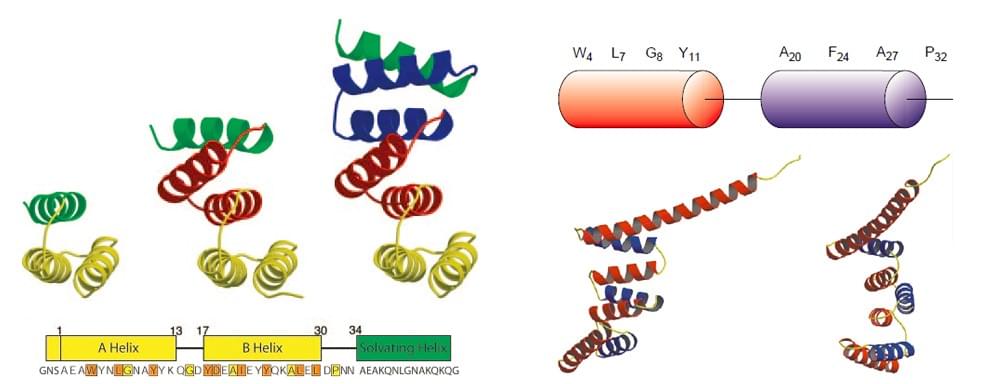

įulfilling the requirement of improved biodegradability and biocompatibility, materials based on self-assembling peptides have also been developed. However, they are incomplete mimics of the ECM and proper fragment choice is critical to achieve suitable performance. Fragments have the advantage of easing recombinant production and yielding substrates of improved purity. Examples of bioactive ECM-protein fragments are: Laminin-511 (a combination of α5, β1 and γ1 laminin chains) produced recombinantly in human embryonic kidney cells the N-terminal somatomedin B domain of vitronectin expressed in Escherichia coli and the Fn7-Fn14 fragment from fibronectin expressed in mouse myeloma cells. Fragments from ECM proteins can also be bioactive, recapitulating the activity of the full-length protein with reasonable efficiency, to the point of supporting the long-term culturing of demanding cell types such as human pluripotent stem cells (hPSCs). However, the production yield of these proteins is limited and their use can be troubled by the presence of impurities, uncontrollable degradation, and, in in vivo applications, possible immunogenicity. To this effect, full-length human fibronectin and vitronectin can either be extracted from plasma as native proteins or recombinantly produced (R&D Systems), while laminin isoforms can be expressed recombinantly in human cell lines (BioLamina). Simpler functional substrates of better defined composition are constituted by isolated ECM proteins. Although Matrigel™ is widely used for in vitro and in vivo applications, it is xenogenic and has a poorly defined, complex composition that suffers from batch-to-batch variability and offers limited experimental control. The well-studied Matrigel™ is a heterogeneous glycoprotein mixture secreted by mouse sarcoma cells whose composition is comparable to that of an embryonic basement membrane, containing a variety of ECM proteins (particularly laminin-111, collagen IV, entactin, and heparan sulfate proteoglycan) and active growth factors (e.g., fibroblast growth factor, epidermal growth factor, transforming growth factor-β, insulin-like growth factor and platelet-derived growth factor). Prominent examples of naturally derived substrates are Matrigel™ and Geltrex™. Cell culture substrates exist that are derived from natural sources as well as produced synthetically. For this purpose, culture systems that mimic the native extracellular matrix (ECM) microenvironment by providing biochemical (cell adhesion sites, growth factors) and biophysical (mechanical stiffness) cues are in high demand. The study of fundamental processes in cell biology, as well as biomedical and technological cell-based applications, require the culturing of cells ex vivo. Results point to the large potential of the ZT system for the creation of a modular, pluri-functional biomaterial for cell-based applications.

Pluripotency of hESCs and hiPSCs was retained for the longest period assayed (4 months). Functionalized versions of the ZT polymer have been shown to successfully sustain the long-term culturing of human embryonic stem cells (hESCs), human induced pluripotent stem cells (hiPSCs), and murine mesenchymal stromal cells (mMSCs). The polymer is, thereby, fully encodable. These protein building blocks are robust scaffolds that can be conveniently functionalized with full-length proteins and bioactive peptidic motifs by genetic manipulation, prior to self-assembly. ZT is based on the naturally occurring assembly of two human proteins: titin-Z1Z2 and telethonin. In this regard, the ZT biopolymer is a protein-based, stable, scalable, and economical cell substrate of high promise.

Despite significant success in recent years, the high cost of up-scaling cultures, the need for xeno-free culture conditions, and the degree of mimicry of the natural extracellular matrix attainable in vitro using designer substrates continue to pose obstacles to the translation of cell-based technologies. The development of cell culture systems for the naturalistic propagation, self-renewal and differentiation of cells ex vivo is a high goal of molecular engineering.


 0 kommentar(er)
0 kommentar(er)
